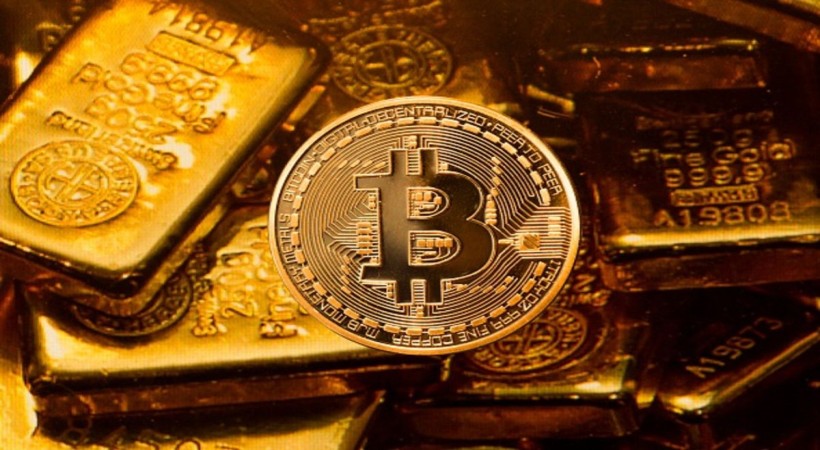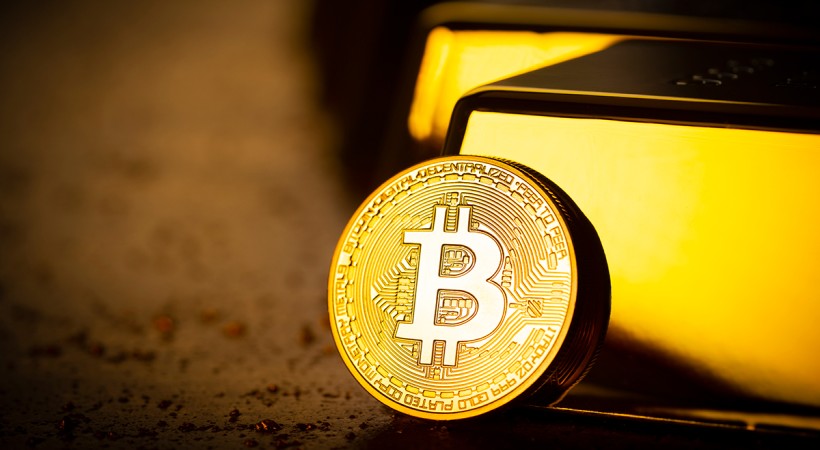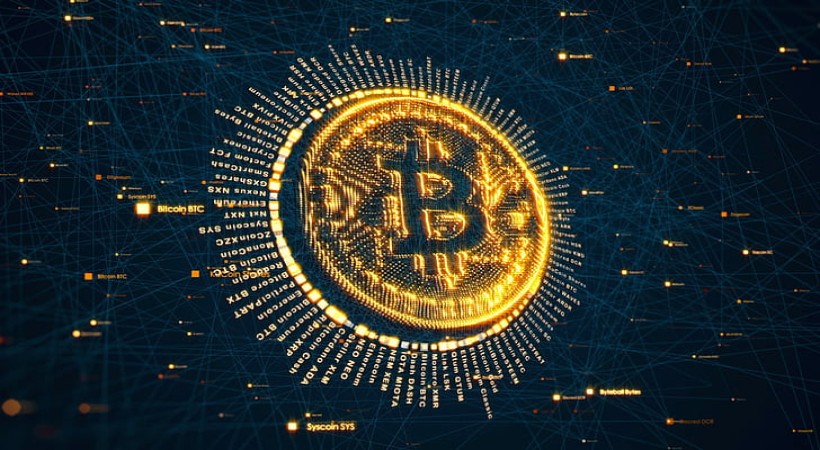
Bitcoin’s Correlation to Gold: A Modern Store of Value?
In recent years, the financial world has been abuzz with discussions about Bitcoin and its potential role as "digital gold." As Bitcoin continues to mature, investors and analysts are increasingly comparing its performance to gold, the traditional safe-haven asset. Understanding the correlation between Bitcoin and gold can offer valuable insights into their respective roles in the financial ecosystem and inform investment strategies.
The Allure of Gold: A Timeless Store of Value
Gold has long been revered as a reliable store of value. Its appeal stems from several key characteristics:
- Intrinsic Value: Gold's physical properties and limited supply give it intrinsic value.
- Historical Stability: Over millennia, gold has maintained its worth, serving as a hedge against inflation and economic instability.
- Safe-Haven Asset: During periods of economic turmoil, investors flock to gold to preserve capital.
Bitcoin: The Emergence of Digital Gold
Bitcoin, introduced in 2009, presents a new form of asset with attributes that draw comparisons to gold:
- Digital Scarcity: Bitcoin's supply is capped at 21 million, creating a sense of scarcity akin to gold.
- Decentralization: Bitcoin operates on a decentralized network, free from central bank control, appealing to those wary of fiat currency devaluation.
- Store of Value: As Bitcoin gains wider acceptance, it is increasingly viewed as a store of value, especially among younger investors.
Examining the Correlation
The correlation between Bitcoin and gold is a measure of how their prices move in relation to each other. A positive correlation indicates that their prices move in tandem, while a negative correlation means they move inversely.
- Historical Data: Analysis of historical data shows that Bitcoin and gold have experienced periods of both positive and negative correlation. For instance, during times of economic uncertainty, both assets have sometimes risen together as investors seek safe havens.
- Market Sentiment: Correlation can be influenced by market sentiment. When investors perceive risks in traditional markets, they may diversify into both gold and Bitcoin, increasing their correlation.
- Inflation Hedge: Both assets are often seen as hedges against inflation. When inflation expectations rise, demand for both Bitcoin and gold can increase, leading to a positive correlation.
Factors Influencing Correlation
Several factors can affect the correlation between Bitcoin and gold:
- Regulatory Environment: Changes in regulatory policies towards cryptocurrencies can impact Bitcoin's price independently of gold.
- Market Maturity: As Bitcoin's market matures, its behavior might increasingly resemble that of traditional assets, potentially affecting its correlation with gold.
- Investor Demographics: The demographic of Bitcoin investors tends to be younger and more tech-savvy compared to gold investors. As these demographics shift, the correlation dynamics might change.
Investment Implications
Understanding the correlation between Bitcoin and gold can inform investment decisions:
- Diversification: A portfolio that includes both Bitcoin and gold can benefit from diversification. During periods when their correlation is low, the combined assets can reduce overall portfolio volatility.
- Risk Management: Monitoring the correlation helps in risk management. For instance, if Bitcoin and gold start moving in sync, it might indicate a shift in market dynamics requiring portfolio adjustments.
- Long-Term Perspective: Investors with a long-term perspective should consider the evolving nature of Bitcoin. As it continues to develop as an asset class, its relationship with gold might change, impacting its role in a diversified portfolio.
Bitcoin's correlation to gold highlights the evolving nature of both assets in the modern financial landscape. While gold remains a timeless store of value, Bitcoin is carving out its niche as a digital counterpart. For investors, understanding the nuances of this correlation can provide valuable insights into crafting a balanced and resilient investment strategy. As the financial world continues to evolve, keeping an eye on the interplay between these two assets will be crucial in navigating the complexities of the market.





